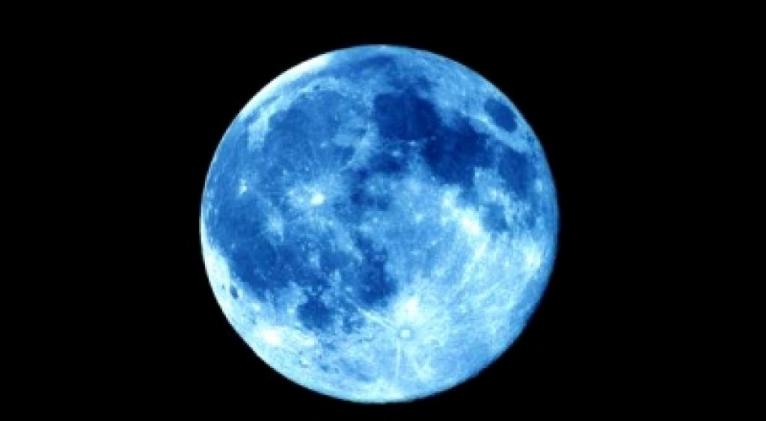A rare blue moon will brighten the sky on Friday
especiales

If you're not doing anything Friday, you should head outside or get yourself to a window so you can catch the rare event for yourself.
This will be the second full moon in July and the second one in one month is commonly referred to as a "blue moon." However, the U.S. Naval Observatory in Washington describes it as, " ... the third full moon to in an astronomical season in which four full moons fall."
YOUR TAKE: Show us the best of your night sky
The phenomenon appears only once every three years, according to the National Oceanic and Atmospheric Administration.
But is the moon actually blue? No. It appears gray like any other full moon.
In addition to the blue moon, skywatchers are also getting a treat this week with the Delta Aquarid meteor shower. The peak is around July 27-30, but, unlike many meteor showers, the Delta Aquarids lack a very definite peak, said Earth Sky, an online astronomy site.
The meteor shower gets its name because they appear to come from Delta Aquarii, one of the brightest stars in the constellation Aquarius, NASA said.
But the full moon will impact the meteor shower: At the shower’s peak, the rather faint Delta Aquarid meteors will have to contend with moonlight, Earth Sky reports. At most, the shower will produce about 15-20 meteors per hour.
On social media, amateur and professional photographers will no doubt snap and share photos of the pristine moon against the dark sky, and perhaps the meteor shower. If you happen to take photos, be sure to share them with USA TODAY's Your Take.
Contributing: Melanie Eversley and Doyle Rice, USA TODAY













Add new comment